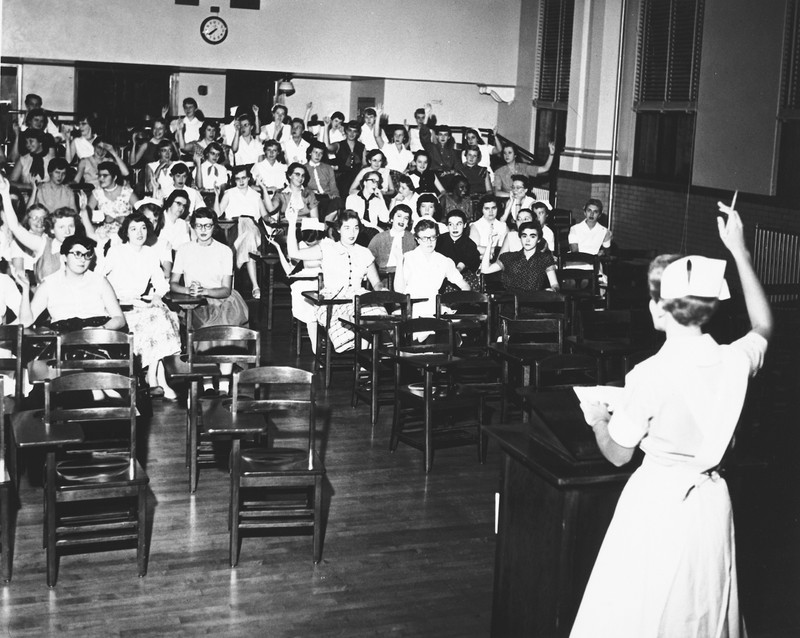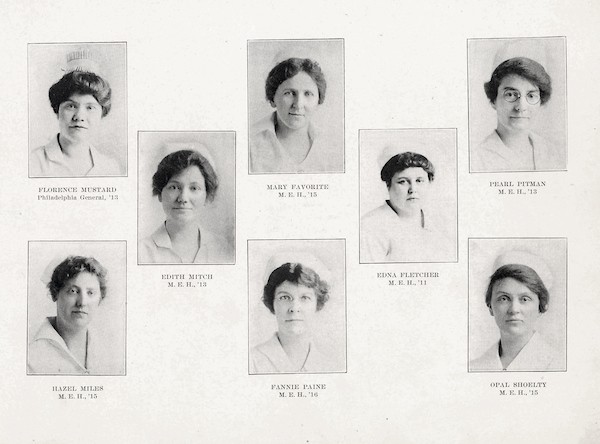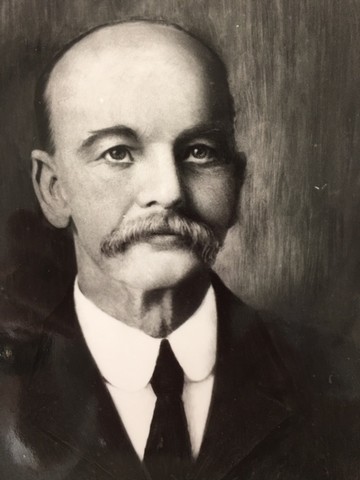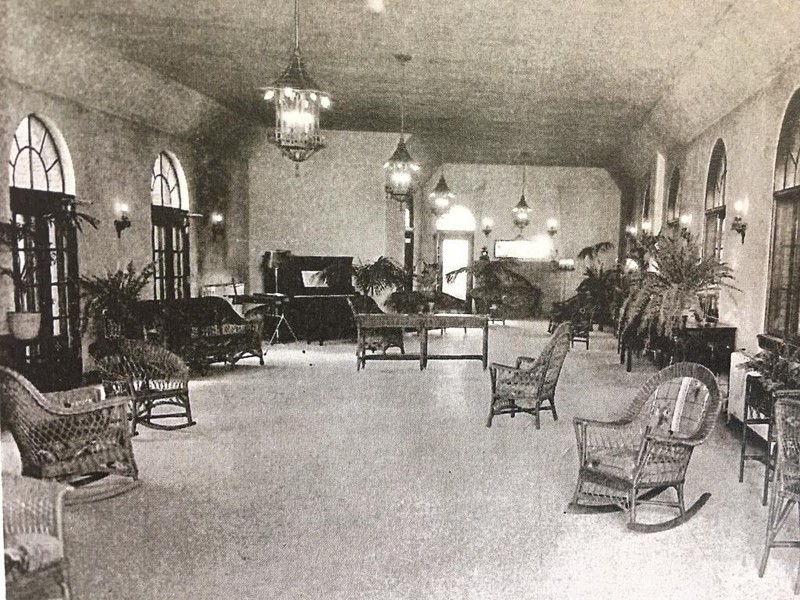Palm Tree Lobby
Introduction
Text-to-speech Audio
In 1908, Methodist Hospital established a nursing education program with the goal of preparing future nurses for the field. Over its sixty years of operation the nursing school prepared over 3,000 students. The Methodist Hospital School of Nursing closed its doors in 1968 as a result of a national shift toward nursing programs centered in higher education institutions and away from hospital run programs.
Images
Palm Tree Lobby

Nursing School Classroom

1918 School of Nursing Faculty

Jacob E. Wile

Wile Hall 7th Floor Sun Room

Backstory and Context
Text-to-speech Audio
A hospital-run training school was part of the hospital’s plan from the beginning. When the hospital opened in 1908, student recruiting began. The first director of the training school was Miss Cora Goldsmith; she only served a few months until replaced by Miss Margaret Lehman. In 1911, fourteen nurses made up the first graduating class to attend all three years at the Methodist Hospital School of Nursing. Until 1932, the School of Nursing did not require students to pay tuition fees, and the students received a monthly paycheck on top of their room and board. Once the students began to pay tuition, the Methodist Hospital School of Nursing produced a modest profit and became self-supporting. Along with tuition, nurses also paid for their books, uniforms, and equipment. By 1939, student nurses were paying $450 in tuition and $150 in other expenses.
In the early years, student nurses worked in the hospital for twelve hours then followed their long day with evening classes. Their classes were held in the Methodist Hospital’s basement lecture rooms. In 1917, the school shortened their days to eight hours of clinical experience plus evening classes. In addition to their educational responsibilities, the nurses also dry mopped, dusted, and were encouraged to attend chapel. Despite the busy days and strict discipline, students found time for fun. Student nurses would slip out to downtown Indianapolis and attend dances, stage plays, or watch silent movies. If a student stayed out past their 10 pm curfew, there was usually an accomplice who would help the student get back in. The School of Nursing prohibited their students from drinking intoxicating substances, but later students were allowed to consume alcohol as long as they were not on hospital property. The school discouraged students from smoking, but if they chose to, they had to do so in designated smoking rooms. By 1961, smoking was permitted in student’s rooms as long as an ash tray was present. Students could purchase cigarettes from machines located in the hospital.
In 1918, because of the growing nursing education program, the board recognized the need for a nurses home. A year later, a new nurses home broke ground on the northwest corner of Capitol and 18th Street. At the time of the nurses home groundbreaking, the school had 206 students and the estimated annual cost of operation was $25,000. Due to funding challenges, the nurses home was not completed for another nine years. In 1928, the seven-story nurses home was completed thanks to a monetary gift of $200,000 from John and Laura Wile. The Board named the new building the Jacob E. Wile Memorial Nurses Home in honor of John’s father. The new structure provided rooms for 300 nurses on the second through sixth floor. The first floor consisted of a lecture room, laboratories, equipment and supply rooms, and a dining hall. The seventh floor was a large open room with roof top terraces for socializing and recreation. In 1956, the hospital purchased the Riley Hotel on the southeast corner of Capitol Avenue and 16th Street to use for more student housing. The original plan was to expand Wile Hall, but the hospital decided that the purchase and renovation of the hotel would be less expensive. The new building was named Wesley Hall, in honor of the founder of Methodism. Wesley Hall housed students until 1968.
In 1949, Robert Neff, President of Methodist Hospital, recommended that the School of Nursing establish a relationship with a college, preferably DePauw University. He argued that a relationship must be established with an academic nursing program in order to keep up to date with the latest developments in nursing education. In the 1950s, after establishing a relationship with DePauw University, the Methodist Hospital School of Nursing became an accredited nursing program. The future looked bright for nursing education at Methodist Hospital, but in the 1960s hospital leadership decided to phase out their nursing program in response to national trends. In 1965, the American Nurses Association’s position on nursing education argued that nurses should attain an education within the general system of education before entering practice. The close proximity of IU’s two-year associates degree of nursing program at what is today IUPUI, plus the continued affiliation with DePauw’s four-year degree program provided a reliable pipeline of academically trained nurses that met the ANA’s call for change in nursing education. Due to these changes, the Methodist Hospital School of Nursing graduated its last class in 1968. Over its sixty years of operation, the Methodist Hospital School of Nursing graduated 3,668 students. In the early 1970s, Methodist Hospital repurposed both Wile Hall and Wesley Hall into office buildings. In 1978, Wesley Hall was demolished; Wile Hall is still standing today.
The Palm Tree Lobby, located on the ground floor of the A Building East, is where the history of nursing education at Methodist Hospital is memorialized in an exhibit of historical nursing uniforms, memorabilia, and photographs of the graduating classes of nurses.
Sources
Reed, Kenneth E. and Leary, Edward A. A History of Methodist Hospital of Indiana Inc.: A Mission of Compassionate Heath Care. Indianapolis, IN, 2007 https://indianamemory.contentdm.oclc.org/digital/collection/HIUH/id/556
Newspapers Consulted:
Indianapolis Star
Indianapolis News
Materials in IU Health Archives Consulted:
Board and Committee Minutes
The Beacon Newsletter
IU Health Archives
IU Health Archives
IU Health Archives
IU Health Archives
IU Health Archives
